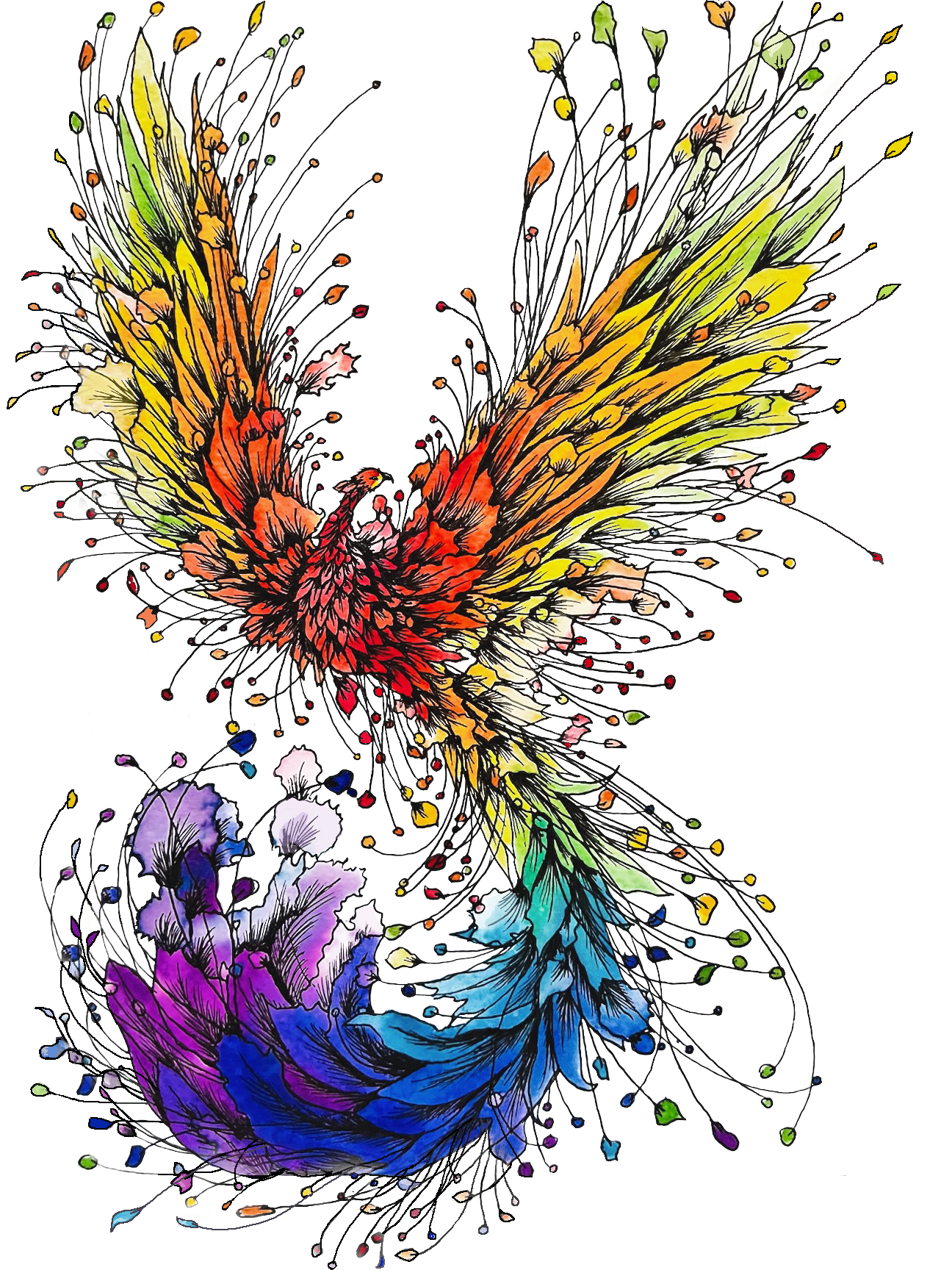Unveiling the Healing Power of Somatic Experiencing ®
In a world that often emphasizes the importance of mental and emotional health, the role of the body in healing and well-being is sometimes overlooked. This is where Somatic Experiencing (SE) enters the picture, offering a unique and profound approach to healing and overcoming trauma. Developed by Dr. Peter Levine, Somatic Experiencing is a body-oriented therapeutic model that emphasizes the significance of bodily sensations in processing and recovering from traumatic experiences.
Somatic Experiencing is grounded in the observation that animals in the wild, despite routine threats to their lives, rarely exhibit symptoms of trauma. This resilience is attributed to their innate ability to regulate and discharge the high levels of energy arousal associated with survival behaviors. Humans, on the other hand, with our more complex brains and social structures, often inhibit these natural regulatory processes, leading to the potential for trauma symptoms to embed in the nervous system.
The essence of Somatic Experiencing lies in its gentle approach. It does not dive directly into the traumatic event itself but instead focuses on the client's perceived body sensations (or somatic experiences), emotions, and thoughts associated with the trauma. The SE therapist guides the client through a safe and gradual process of exploring these sensations, helping the client develop a greater capacity to handle stress and regulate their nervous system.
One of the core principles of Somatic Experiencing is the concept of titration. This process involves the careful and gradual exposure to traumatic memories, avoiding overwhelming the nervous system. It's akin to sipping a strong drink slowly rather than gulping it down all at once. Through this process, SE allows individuals to process traumatic memories and associated bodily sensations in a controlled and supportive environment.
Another key aspect of Somatic Experiencing is pendulation. This refers to the natural rhythm between opposing sensations or emotions, such as comfort and discomfort or regulation and dysregulation. The SE practitioner assists the client in gently 'swinging' back and forth between these states, promoting resilience and the natural capacity for self-regulation within the nervous system.
The beauty of Somatic Experiencing lies in its non-invasive nature and its profound respect for the wisdom of the human body. It doesn't require the individual to relive traumatic events or delve into potentially overwhelming emotions. Instead, it fosters a deep, embodied healing process, helping individuals to release the pent-up trauma that resides in their nervous system, thereby restoring their innate capacity for regulation, resilience, and well-being.
In essence, Somatic Experiencing offers a beacon of hope and a path to recovery for those burdened by the weight of traumatic experiences. It underscores the profound connection between mind and body and the incredible potential for healing that lies within this connection. As we continue to explore and embrace such holistic approaches to well-being, the promise of a more harmonious and resilient life becomes ever more attainable.
